A sweat bee pushing its head to reach the nectaries. Bee families can be categorized into two groups: short- and long-tongued. However, there are always some exceptions in nature, in that there are some short-tongued bees with longer tongues than long-tongued bees. Confusing, I know. The Bees of the World has an excellent chapter on this topic if one is interested.
A blurry image of a large Yellow-faced Bumblebee (Bombus vosnesenskii - probably a queen)
enjoying the bee balm flowers.
enjoying the bee balm flowers.
An unknown (but very cute) Andrenidae bee.
Another view.
Got this cool shot of this European wool carder bee (Anthidium manicatum). I like its eyes and hairy body.
Then all the sudden, I heard the squeaking sounds of a hummingbird!
Looking near the bee balms, there it was!
Another different method of drinking the nectar.
Beautiful!
Got enough photos? Can you see two hummingbirds in this image?
Volunteering at the WCH tomorrow afternoon - helping out with presentations regarding amphibian conservation, should be fun.
Volunteering at the WCH tomorrow afternoon - helping out with presentations regarding amphibian conservation, should be fun.
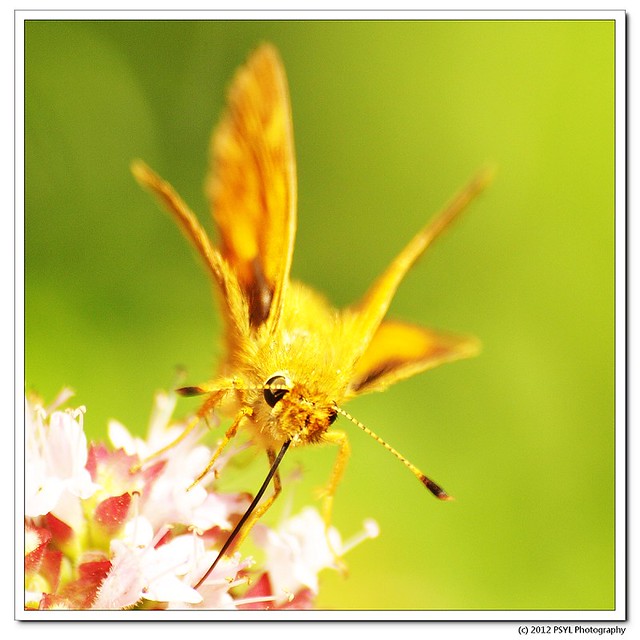
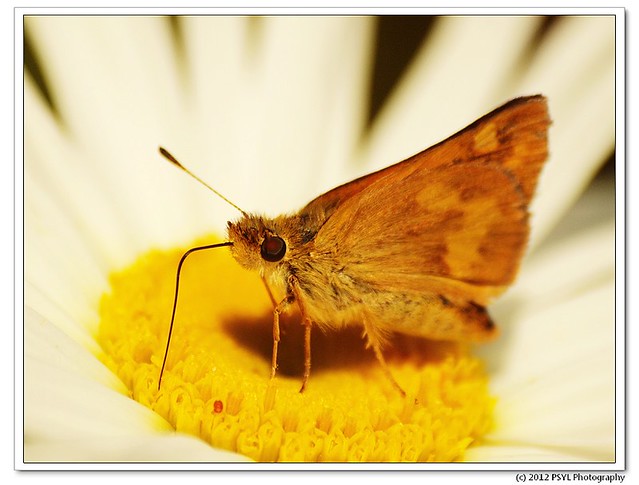


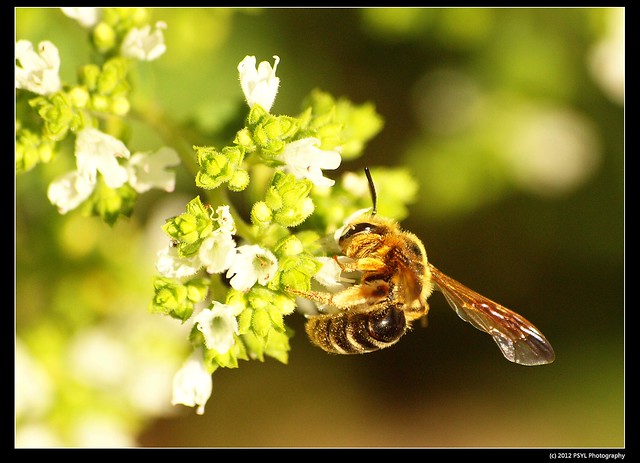
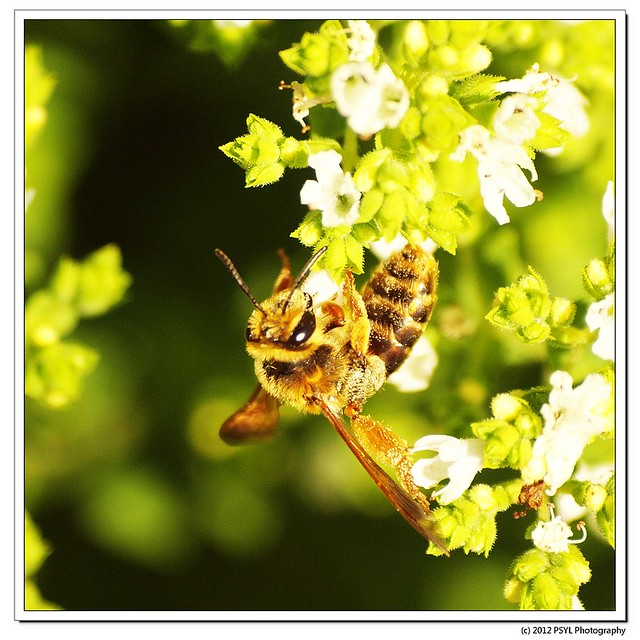
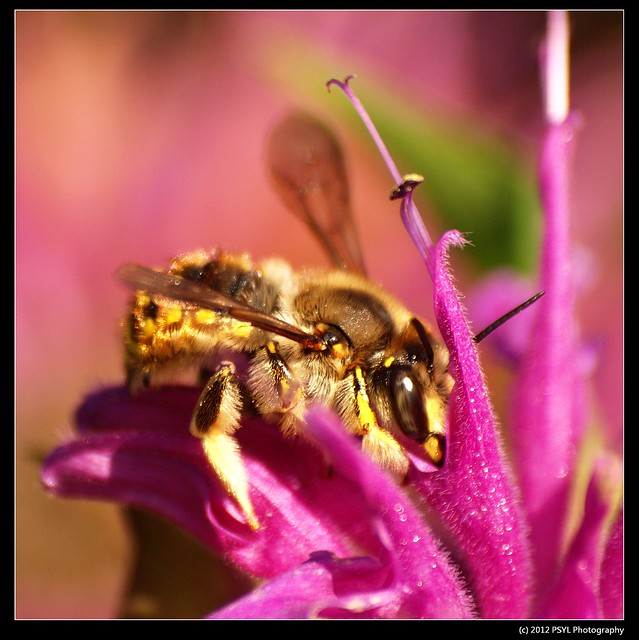



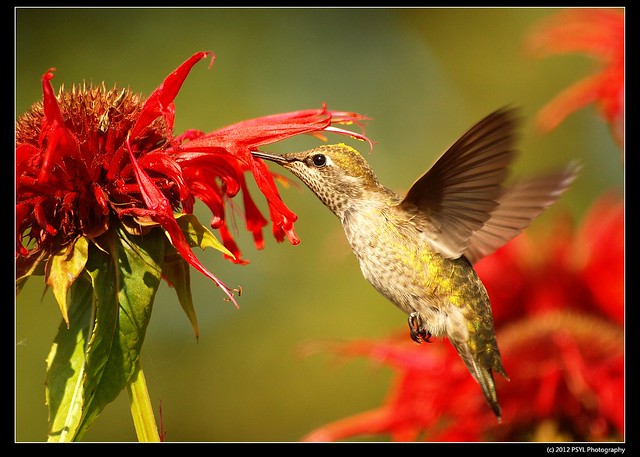

No comments:
Post a Comment